The Tufa Field Scheme, 2020
Note: As of 12th November 2024, request for planning permission for this scheme has been officially withdrawn and therefore will require re-submission if ever pursued.
As time progresses you will see the construction of the housing infrastructure, car parking and so on.
So what is the fate of the Tufa Field? and why is it happening?
First the why. BANES Council has made no secret of it’s reasons for development of the site, simply money. The scheme envisages some 37 ‘dwellings’, the architects envisage a retail value of each of these of £650,000 to £750,000 each, in round terms £25m in total. Since the council already owns the land, the only upfront costs to it are the construction and material costs which it expects to be carried out by its own development company. Clearly, a considerable boost to any council’ s coffers.
The speed of development is due to a £750,000 grant from the Government’s Homes England expiring in October.
Yet there are a number of potential issues with this seemingly no-brain ‘windfall’.
Using capital assets to overcome current account difficulties is questionable. Private corporations think twice before doing this, since this is spending shareholders’ money without an obvious return. In this case, there could be more justification if the receipts were used , say , to build more affordable homes to replace those sold under the pernicious ‘right to buy’ scheme introduced by the Thatcher government and perpetuated. However, Local Authorities are prevented by Central Government from building homes ( so-called ‘Council Houses’) and benefiting from the revenue , so this cannot be. Cash gleaned from capital sales like this simply goes to prop up the current account.
It is a matter of debate and opinion as to whether the current account is being efficiently managed, what services should be maintained or cut and so on. But it is a matter of fact that asset sales are not sustainable as a mode of financing current account deficit. Once spent, the money is gone for ever, and if not used to generate other revenue, simply disappears without addressing the underlying issues that caused the deficit.
And what about the ‘shareholders’ – in this case the council tax payers of BANES? A currently shared resource is being turned over to individuals and the availability to all is being removed.
There is also the issue of future usage. Housing is unique in the cycle of land development and re-use.
Unlike commercial building development, which follows the fortunes of businesses and regularly gets re-cycled as Companies rise and fall, generally over a 25-year period, Housing development locks up the land, effectively for ever. Housing in Bath built 300 years ago still occupies the same footprint, save for destruction by conflict or disaster. Unlike commercial land, greenfield sites that become housing never revert to greenfield sites. So the decision to deny future generations a resource like the Tufa Field should weigh heavily on the decision-makers. Our children and grandchildren should not be asking the question of us ‘Why did they let that happen? Did they not stop and think about us?’
The outline of the scheme is here with more details here and here , and we show a precis below.
The report detailing the planning recommendations, including objections from the Council’s Ecologist, suggests that the main reason to permit is due to the historical inclusion of the land in the place-making plan, rather than a demonstrated current need.
The scheme is for 38 executive style homes, built on the slopes adjoining the Stirtingale Farm Woodland area. In common with modern practice, the plots are small with minimal ‘garden’ area and some 87 car parking spaces, provided as hard standings. A small boundary buffer zone adjoining Stirtingale Farm SNCI is proposed that will be allowed to naturalise. It is not clear how these boundary areas will be policed and maintained in the future.
The site is in the Bath Conservation Area.
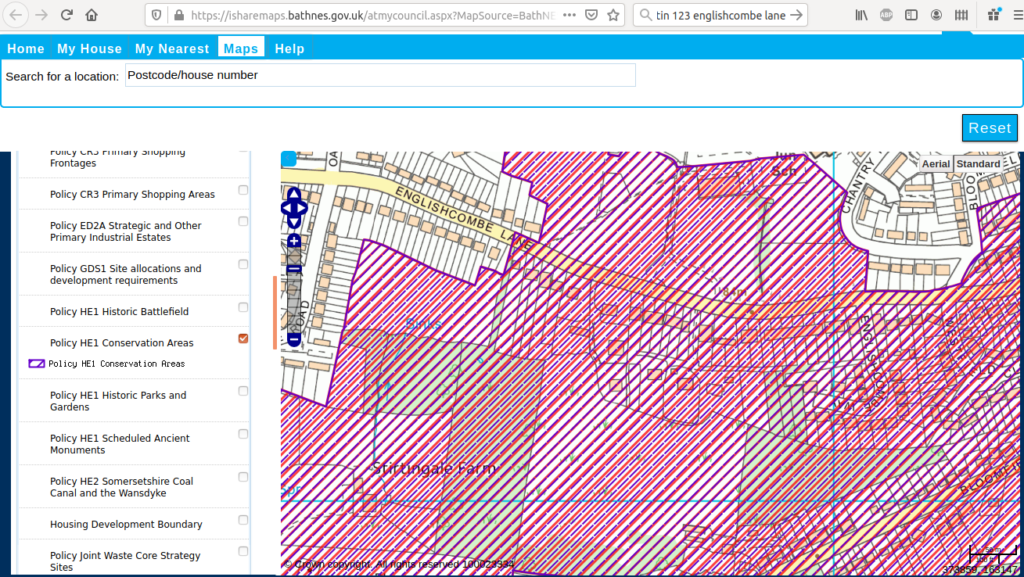
Conservation Area
While there are plans for tree re-planting , these existing specimens here including Sycamore, Ash, Horse Chestnut and Field Maple have to go. Removal is scheduled for November 2020. Main site work will start in March 2021.
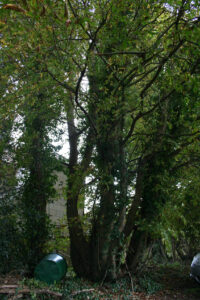
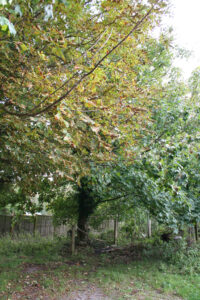
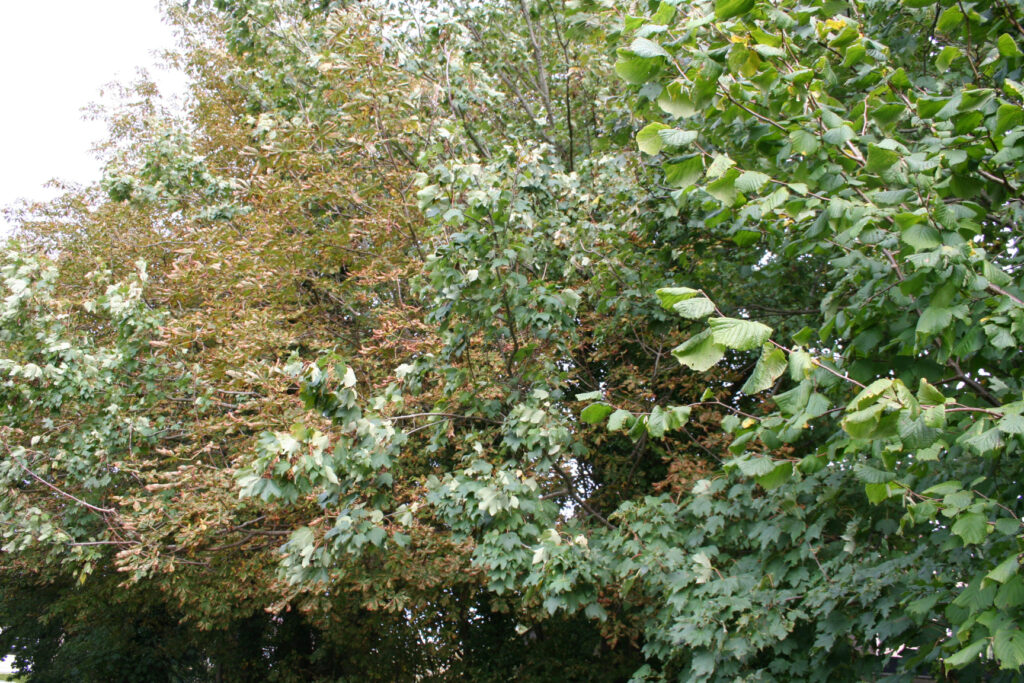
The Tree Conservation area ends 3 metres from these. Their loss and their role in flood prevention will add to the complicated hydrology picture. It is not clear how the bats they house will be re-homed.
Development is to be undertaken by a wholly-owned company of BANES, Aequus Developments Ltd., whose members are here.
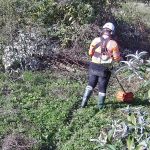

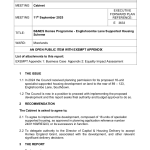
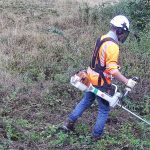









 Total views : 100589
Total views : 100589

Leave a Reply